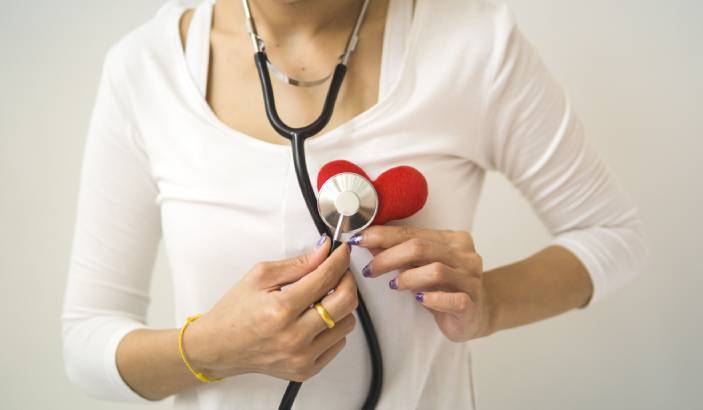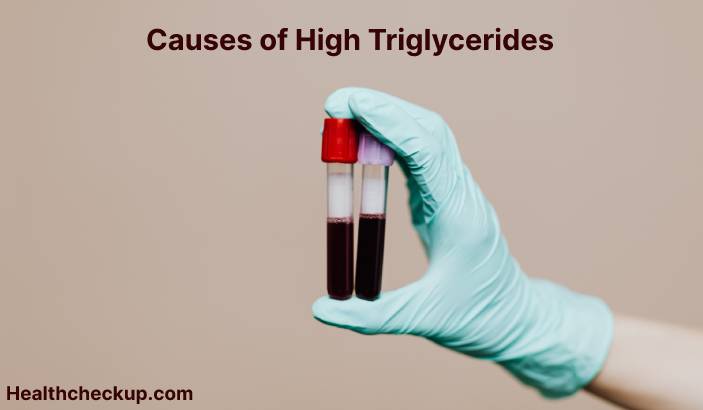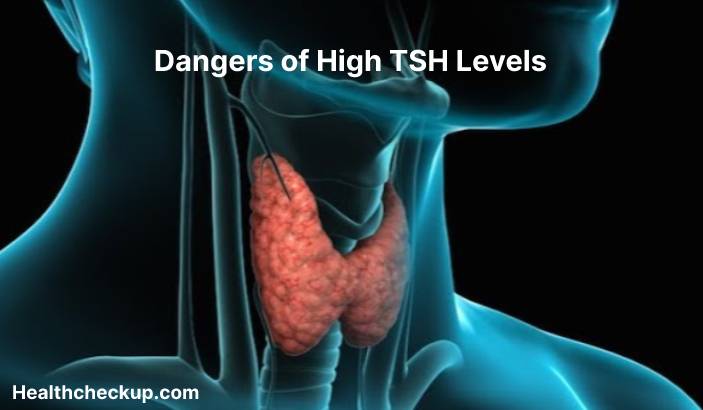Brucellosis is a bacterial infection caused by Brucella bacteria. It is primarily spread through the consumption of contaminated food or drink, or through contact with infected animals. In this article, we will explore the symptoms, diagnosis, treatment, and prevention of brucellosis.
Symptoms of Brucellosis
Symptoms of brucellosis can range from mild to severe and include:
- Fever
- Sweats
- Headache
- Back pain
- Joint pain and swelling
- Weakness and fatigue
- Loss of appetite
- Weight loss
Symptoms appear within a few days to a few weeks after exposure to the bacteria. In some cases, the infection is asymptomatic, meaning that it does not cause any symptoms.
Diagnosis of Brucellosis
Brucellosis is diagnosed through a combination of physical examination, medical history, and laboratory tests. A healthcare provider may ask about the person’s symptoms, recent food consumption, and any recent contact with infected animals. Laboratory tests, such as a blood test or culture, may be used to confirm the diagnosis.
Treatment of Brucellosis
Treatment for brucellosis typically involves antibiotics, which can help to clear the infection. The type of antibiotic and duration of treatment will depend on the severity of the infection and the person’s individual circumstances.
In severe cases, hospitalization may be necessary to provide supportive care, such as intravenous fluids and pain management.
Prevention of Brucellosis
There are several steps that can help to prevent brucellosis, including:
- Properly cooking and storing food: Brucellosis can be spread through the consumption of contaminated food, such as unpasteurized milk or undercooked meat. To reduce the risk of infection, it is important to properly cook and store food.
- Washing hands: Washing hands with soap and water can help to prevent the spread of brucellosis, especially after handling raw meat or after contact with infected animals.
- Avoiding contact with infected animals: Brucellosis can be spread through contact with infected animals, such as cows, goats, and sheep. To reduce the risk of infection, it is important to avoid contact with sick animals or their bodily fluids.
- Vaccination: Some countries offer a vaccine for brucellosis in at-risk populations, such as farmers and veterinarians. Vaccination can help to reduce the risk of infection.
- Good animal husbandry practices: Implementing good animal husbandry practices, such as quarantine and testing of animals, can help to prevent the spread of brucellosis in livestock. This can reduce the risk of infection for both humans and animals.
It is important to seek medical attention if brucellosis is suspected, as early treatment can help to reduce the risk of complications and long-term health effects.








